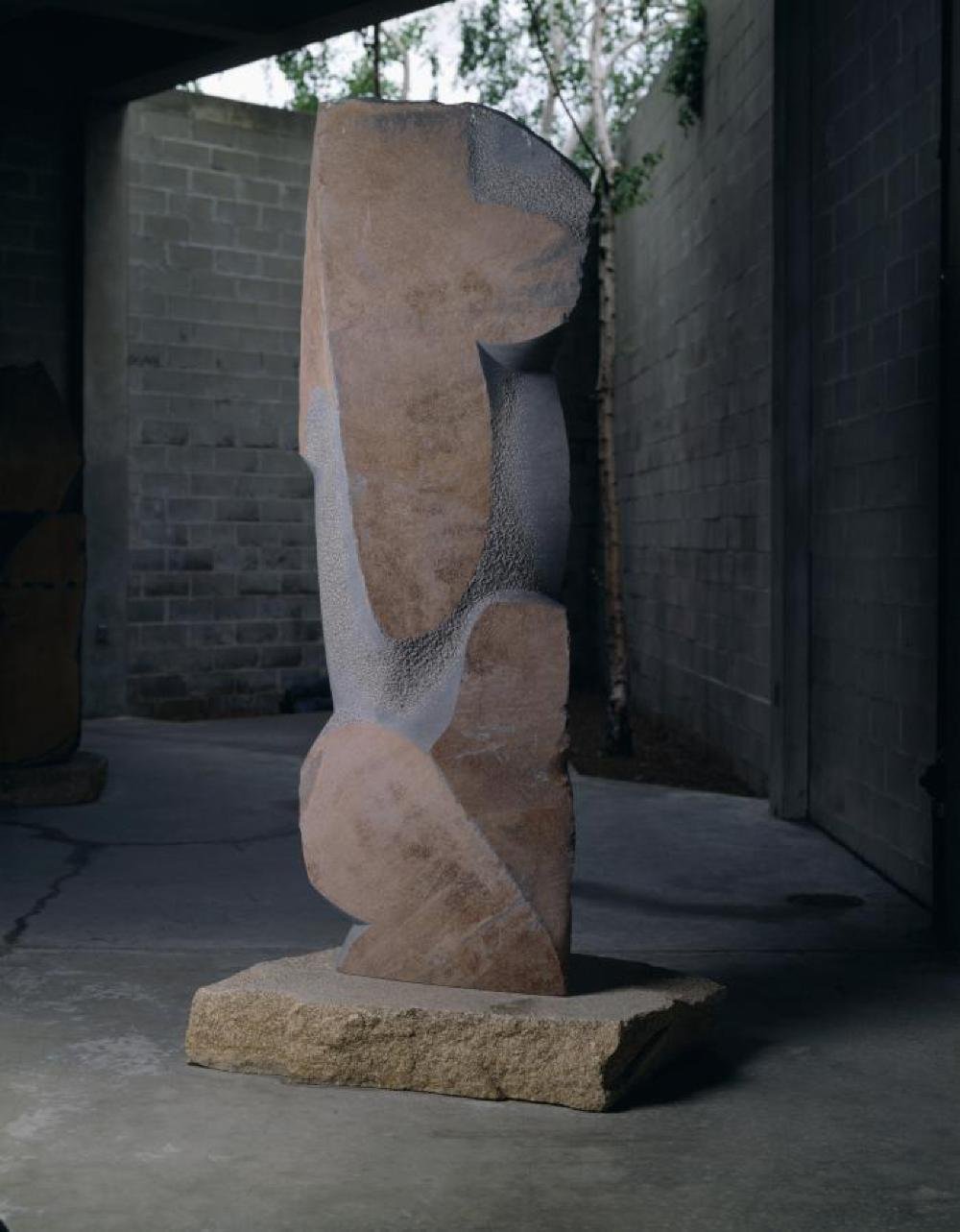The Noguchi Museum
Visiting the Noguchi Museum recently, I was struck by the difficulty of sculpture as art: how it's constrained by its physical presence to a degree that other media, like music, painting, and poetry, are not. Sculpture begins from direct experience. Its fundamental feature is that it occupies space in a particular manner, bending light across its smooth or textured surface, casting shadows, giving shape to the air around its mass, which also gives the atmosphere a sense of weight or weightlessness. Sculpture is matter-of-fact, a piece of architecture freed from its purpose.
The affinity between ruins and sculpture predates the modern rediscovery of the ancient world. It likely originates with sculpture itself, which first served as an idol: a symbol and stand-in for divine power. But by acting as its physical substitute, sculpture objectified divinity in a way that was intended to give humanity control of its supernatural powers. The temples that early man erected in the name of gods were also meant to contain them — to be called upon when needed. So already in the ancient world, sculpture referred to a lost, archaic form of existence in which the sacred and profane realms were one. This primeval unity is carried over formally into sculpture as an identity of form and presence in which “what you see is what you get.”
Noguchi, who apprenticed for a short time under Brancusi, seems to have inverted this principle. In his work, what you get is what you see. The outdoor sculptures, arranged in a covered courtyard and under a canopy of trees in the garden, play with the atmosphere of things seen in the shade. The juxtaposition of shadow and light — their simultaneous closeness and farness — is mimicked in Noguchi’s sculptures by the transitions between rough, cut, and polished stone that shape the contours of his work. Each sculpture is like a self-contained chiaroscuro — a petrified moment in time. They point back to the beginning and end of the world, monuments to the oblivion against which life comes to be.
Isamu Noguchi, Venus, 1980. Manazuru stone, 94 1/8 x 31 1/4 x 18 7/8 in. ©INFGM

